WITH financial results from all four of SA’s big banks now in, the overall picture is a remarkably healthy one, given the sick state of the economy and general global turbulence.
PwC Africa analyses the big four banks’ metrics after each reporting season, and its report shows their combined earnings were up 12.5%, reflecting resilience and the diversity of their income streams, while their lending books were up 4.8% compared with the first half of last year.
To everyone’s surprise, given last year’s interest rate hikes and general economic hardship, the bad debt ratios didn’t look too bad.
EY Africa reports that the average credit loss ratio remained steady at 0.81% at the end of December, its lowest level in five years.
PwC Africa reports that bad debt charges increased almost 11%, but the second half of last year actually saw a decline compared to the first half — an anomaly, in part because the first half was boosted by some big corporate exposures that went bad, mainly in commodities and retail.
Faced with a slew of new regulatory demands, banks have been shifting their lending books away from mortgages to shorter-term instalment finance or credit cards, while much focus has gone into boosting the size of their retail deposits.
With households under pressure, more of the earnings growth tended to come from corporate and investment banking.
The banks also generally did well in the rest of Africa, and expansion across the continent remains crucial to all their strategies.
Returns on equity — which range from 15% at Standard to 23.4% at FirstRand — are still pretty solid, and quite high by global standards, although SA’s cost of capital is high too, hence the higher returns needed to cover it.
And SA’s big banks, happily, remain strongly capitalised, with capital ratios that are well above regulatory requirements for now, and generous enough to meet tougher requirements in years to come.
The soundness of SA’s banks and the strength and sophistication of its financial sector, more generally, are one of SA’s big competitive advantages.
This is one of the very few areas in which SA scores highly on global competitiveness rankings such as the World Economic Forum’s.
And with the financial and business services sector now accounting for more than a fifth of SA’s gross domestic product (GDP), the sector is worth looking after carefully.
But the banks’ strong results may make it easy to forget the tough challenges the sector is confronted with.
The economy is set to grow less than 1% this year and that has to have an effect, as will the volatile rand exchange rate and the prospect of rising interest rates.
The regulatory environment, too, is becoming ever more complex and challenging for the banks.
And the prospect of a downgrade in SA’s credit rating to junk status is a formidable threat to our banks, whose cost of funding would be affected significantly by a downgrade, as would their status as trusted counterparties for global banks.
Amid all these factors, the shareholding structure of at least one, and possibly two, of the big four banks looks set to change quite significantly, with the bulk of Barclays’s 62% stake in Barclays Africa on the block, as well as speculation that Old Mutual could unbundle Nedbank.
The corporate activity will keep bankers and their regulators busy in the year to come, at the same time as they continue to work to manage the risks of a volatile and uncertain global and domestic economic and political environment.
Their priority, as always, must be to ensure that the country can continue to rely on a stable, sound and healthy banking sector.


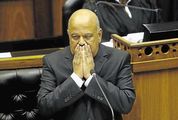
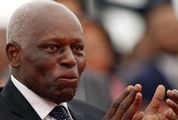

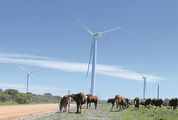


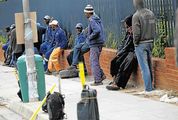
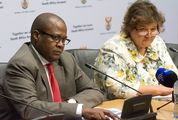
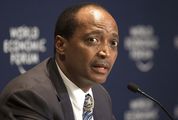





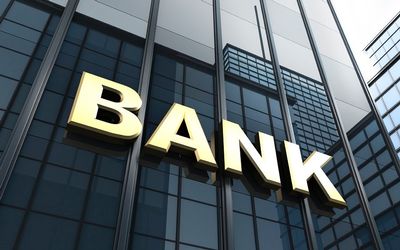




Change: 0.40%
Change: 0.47%
Change: -0.49%
Change: 0.53%
Change: 1.03%
Data supplied by Profile Data
Change: 1.71%
Change: 1.28%
Change: 0.40%
Change: 0.00%
Change: 1.64%
Data supplied by Profile Data
Change: -1.27%
Change: 0.00%
Change: 0.05%
Change: -0.08%
Change: 0.35%
Data supplied by Profile Data
Change: -0.02%
Change: 0.21%
Change: -0.06%
Change: 0.53%
Change: 0.70%
Data supplied by Profile Data